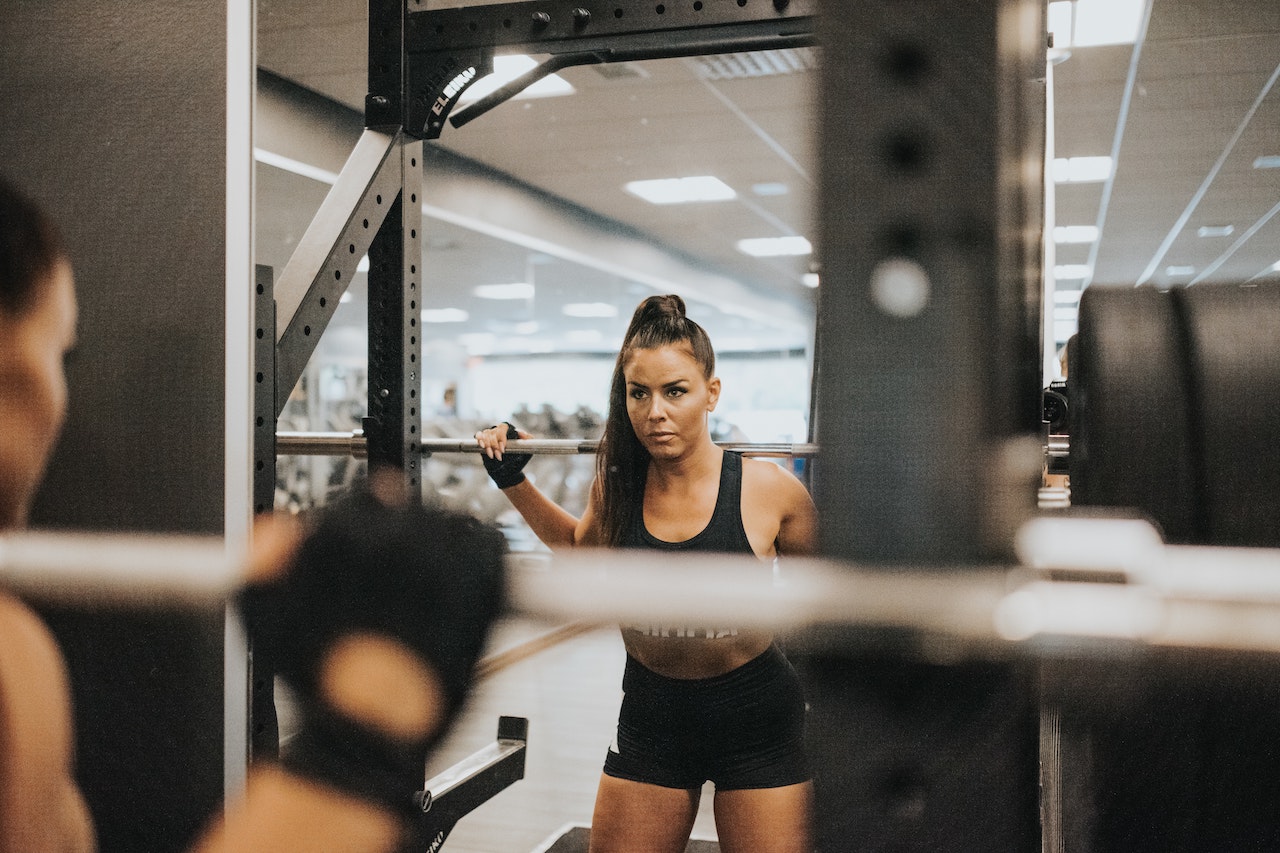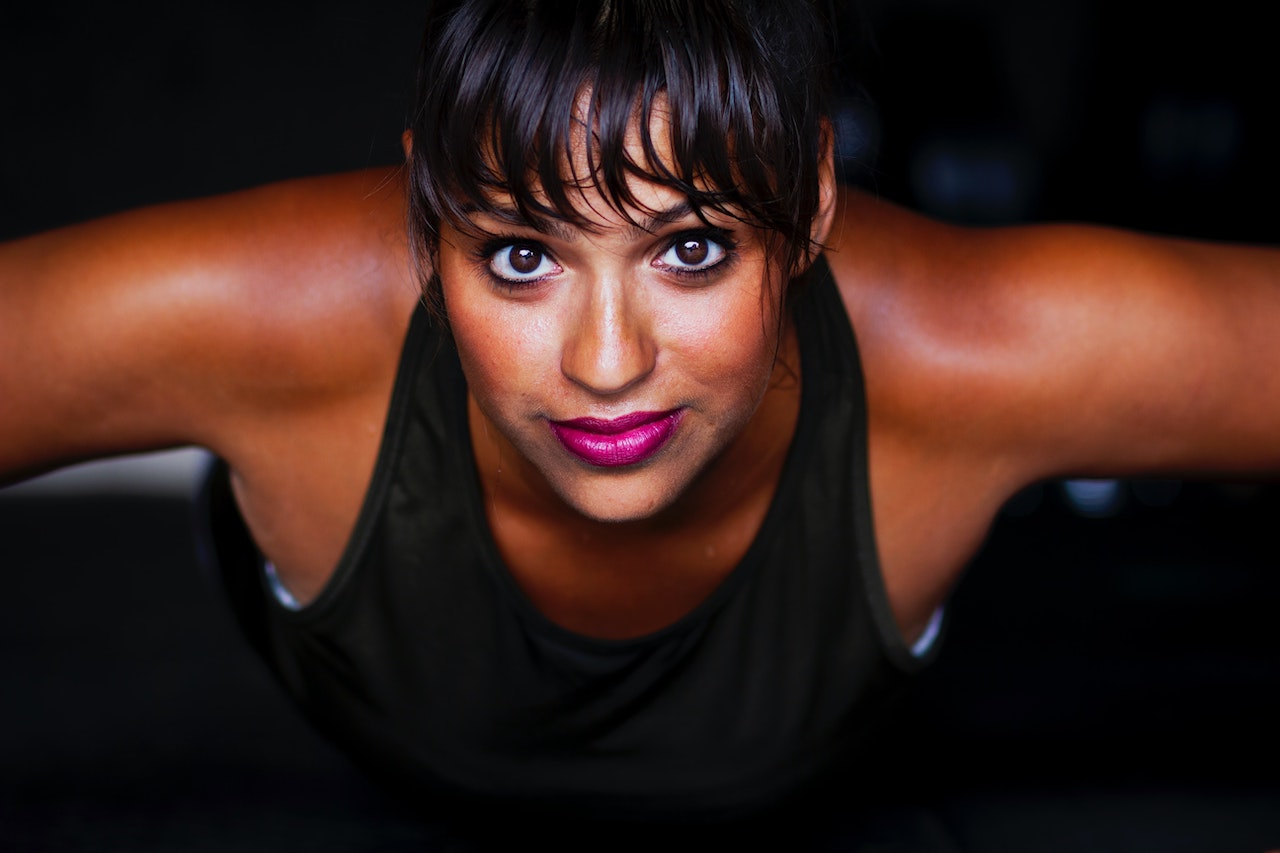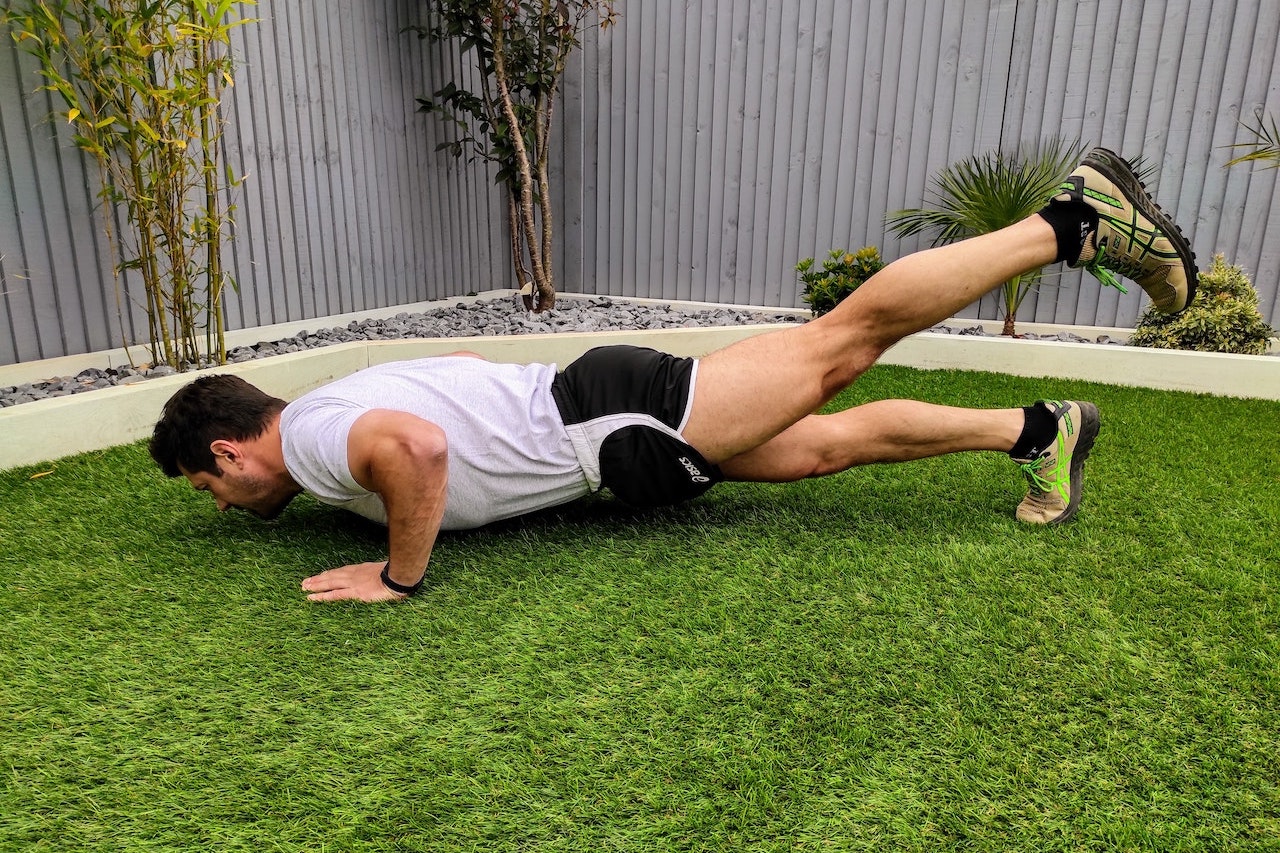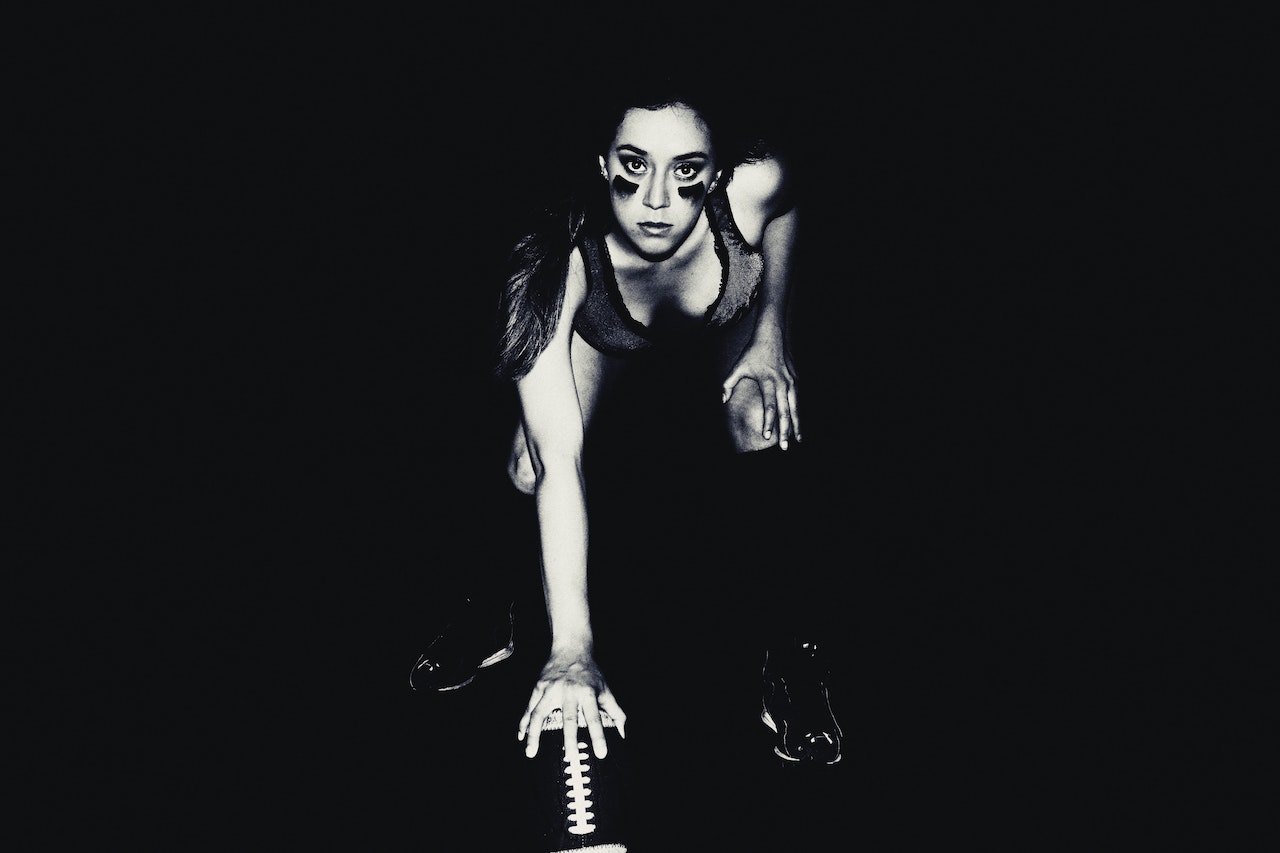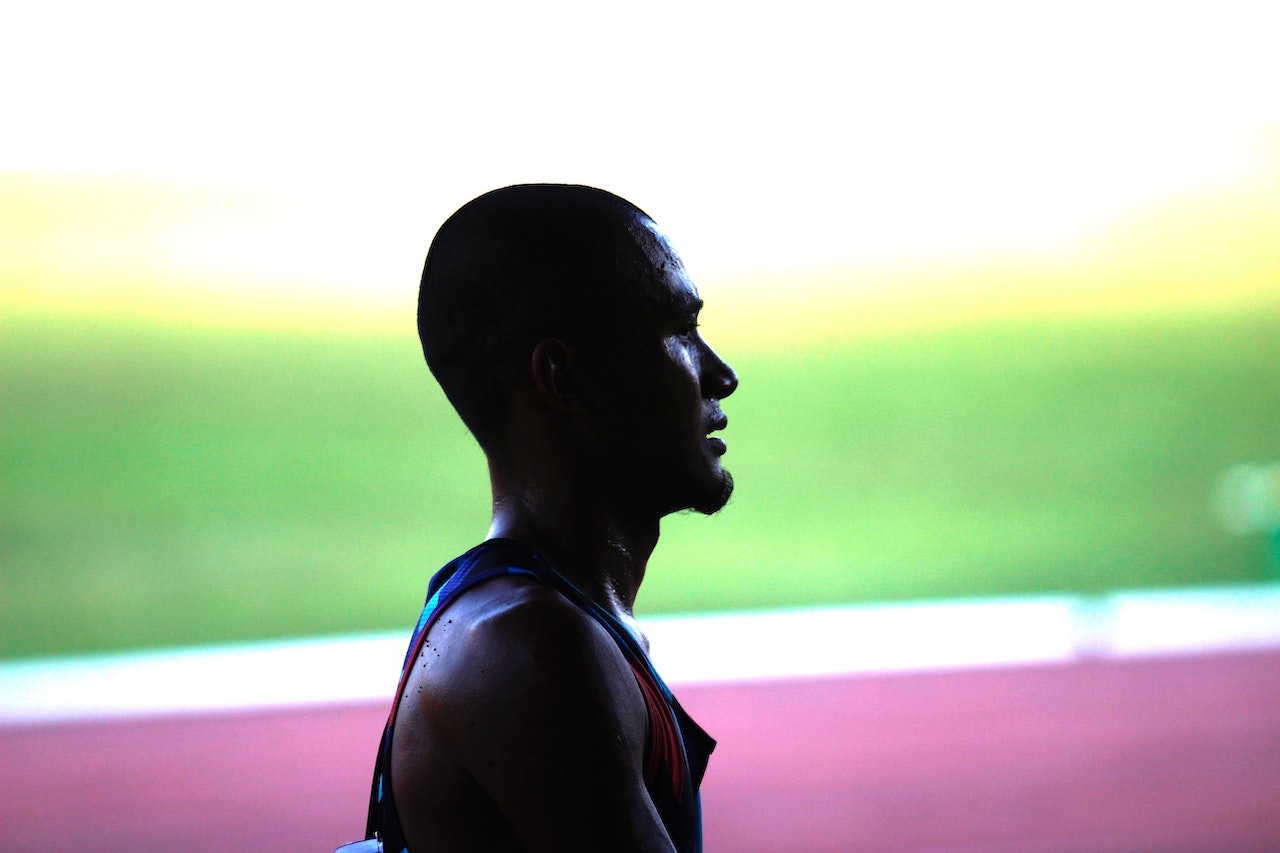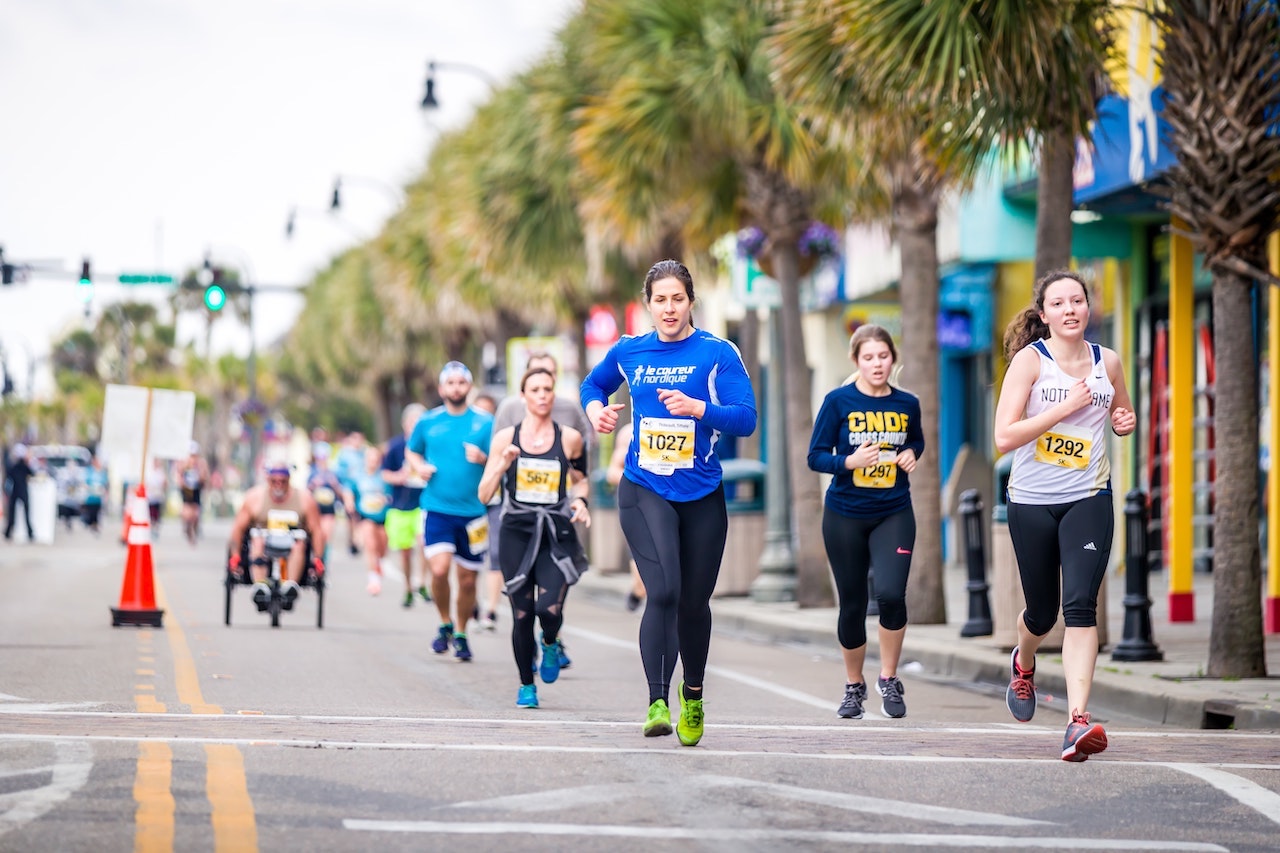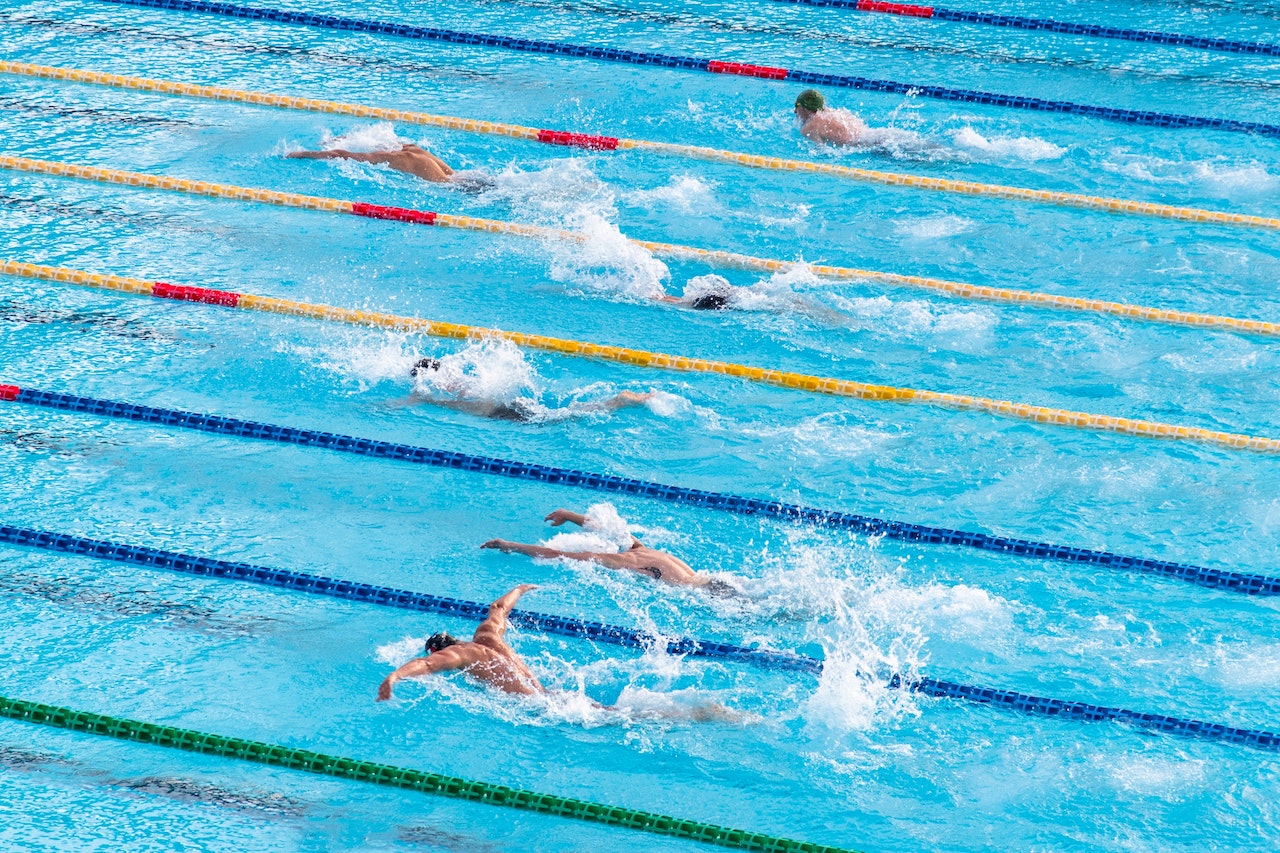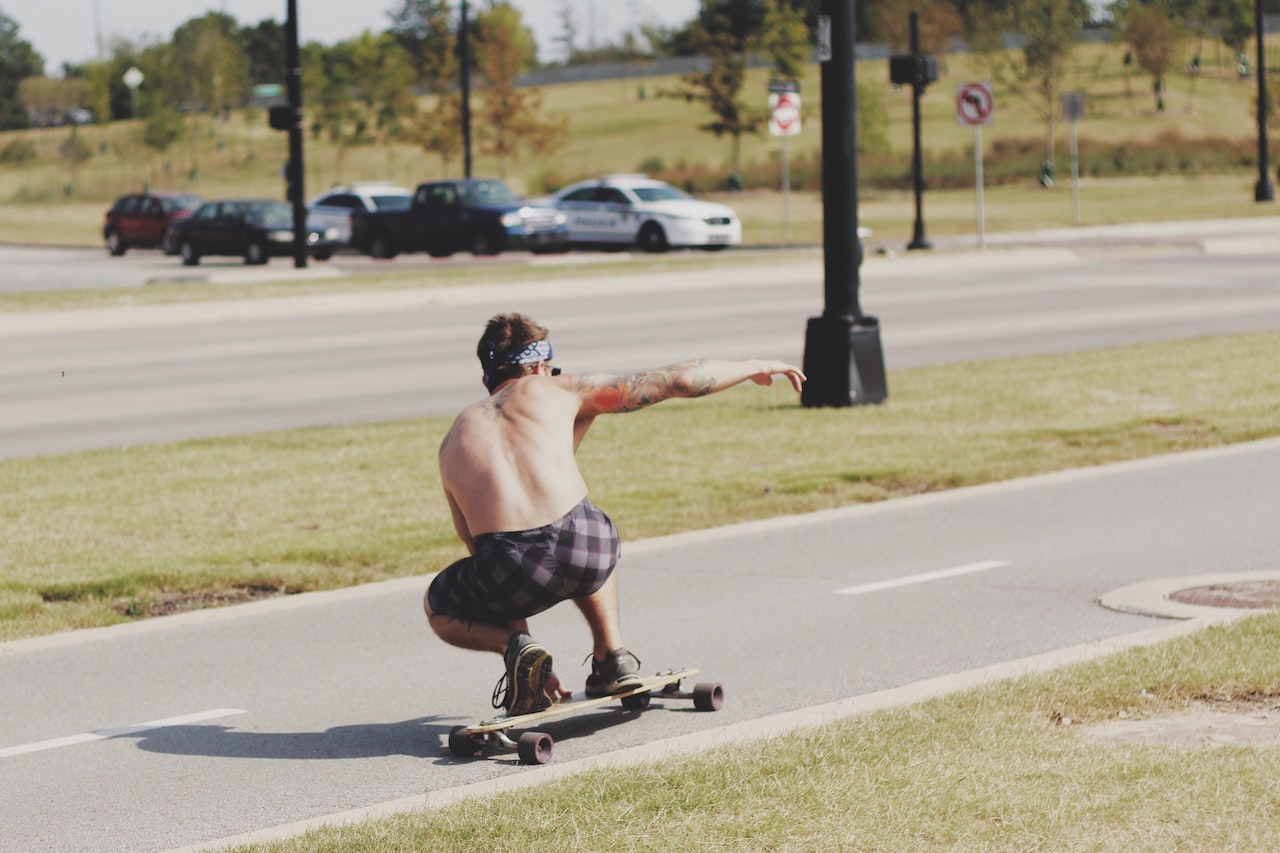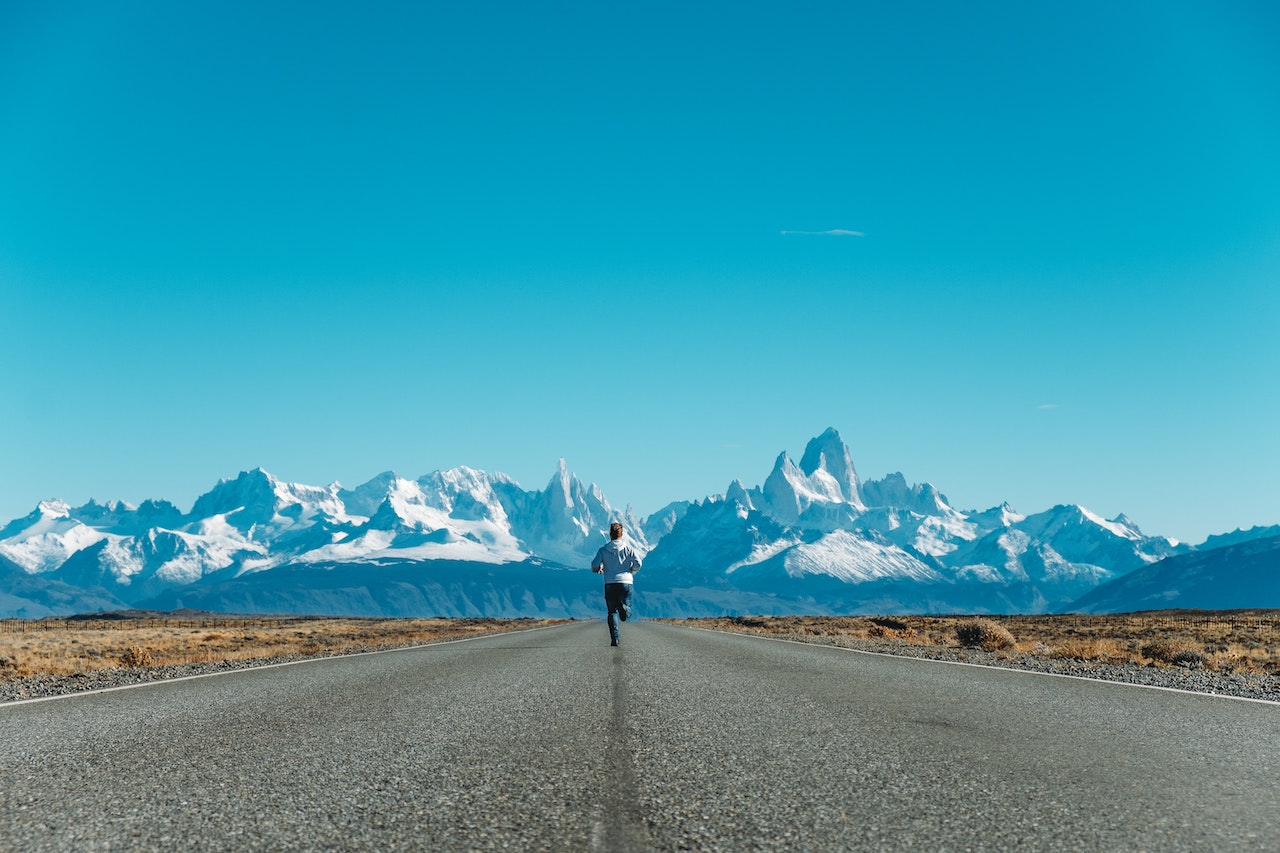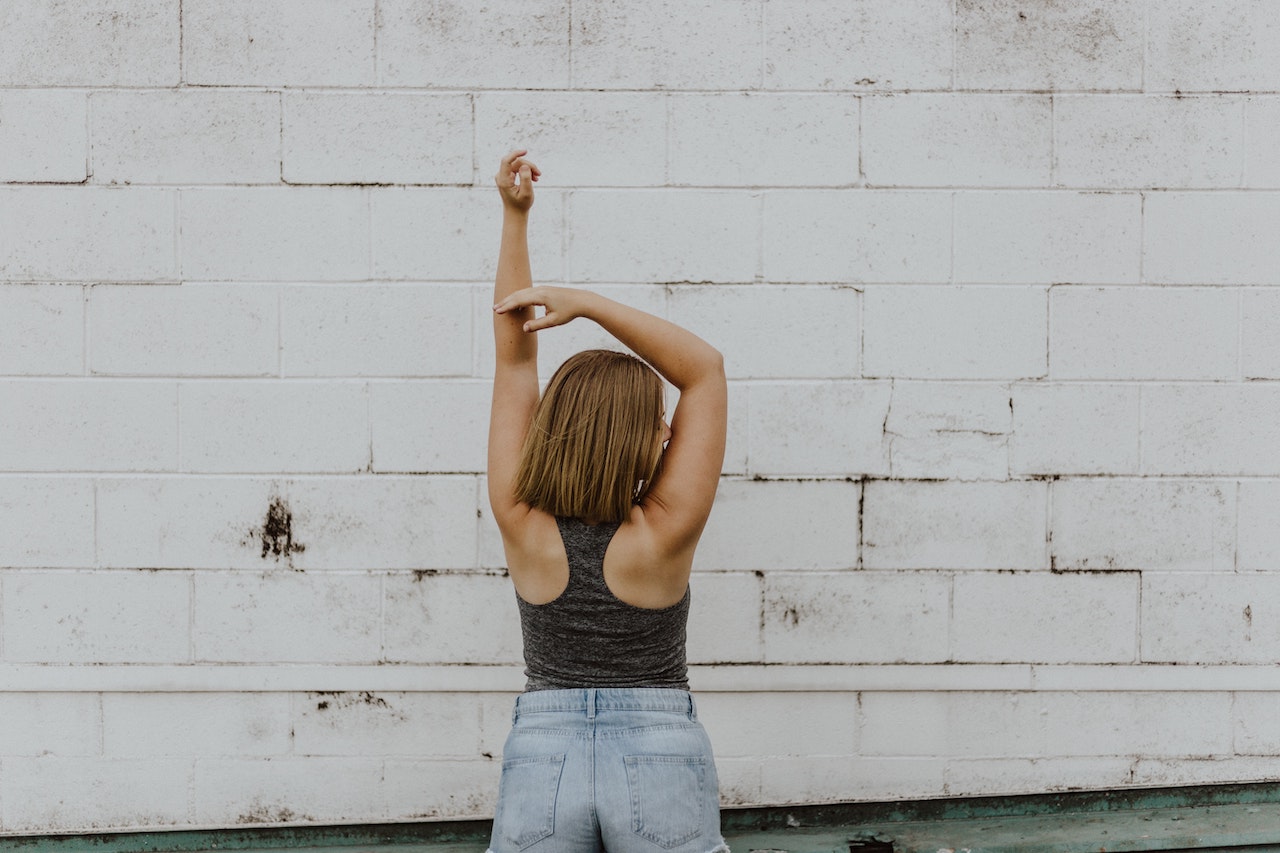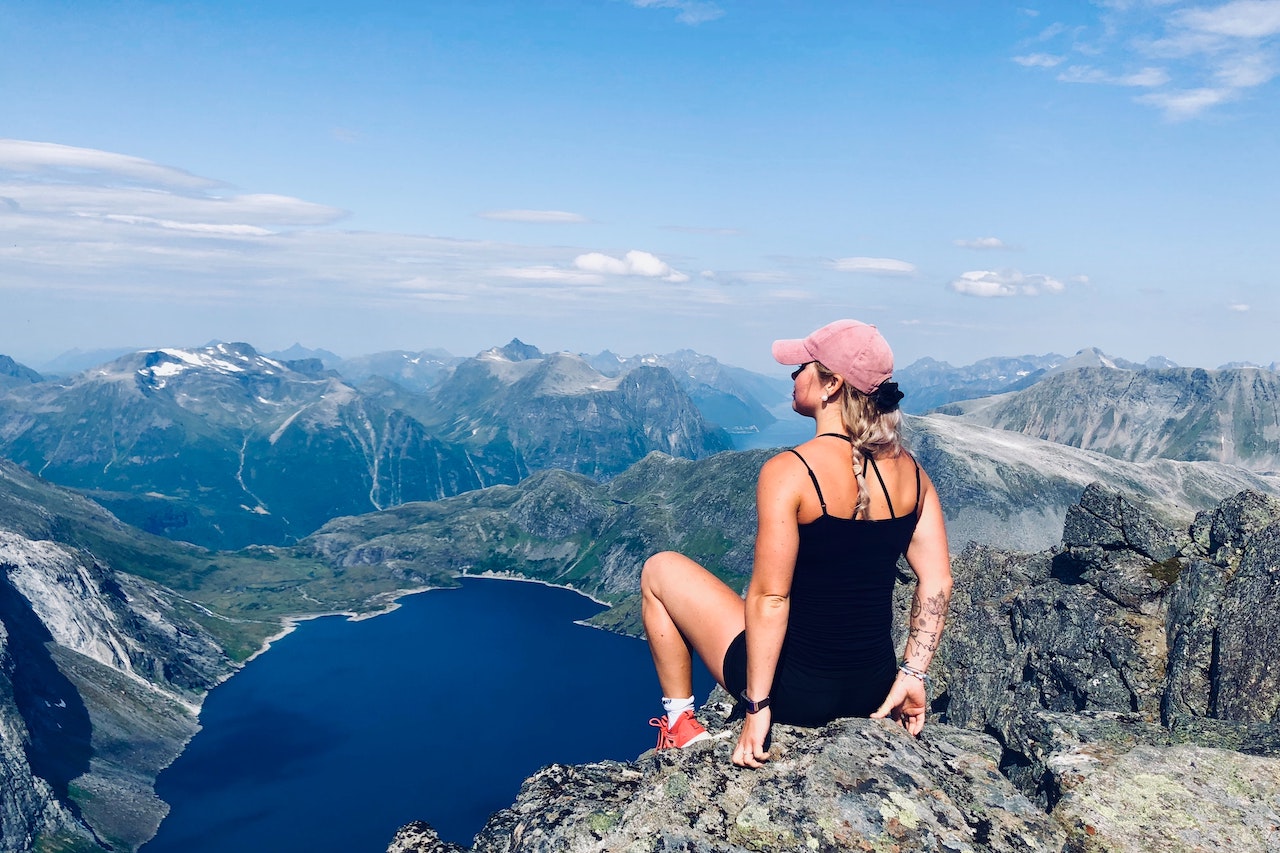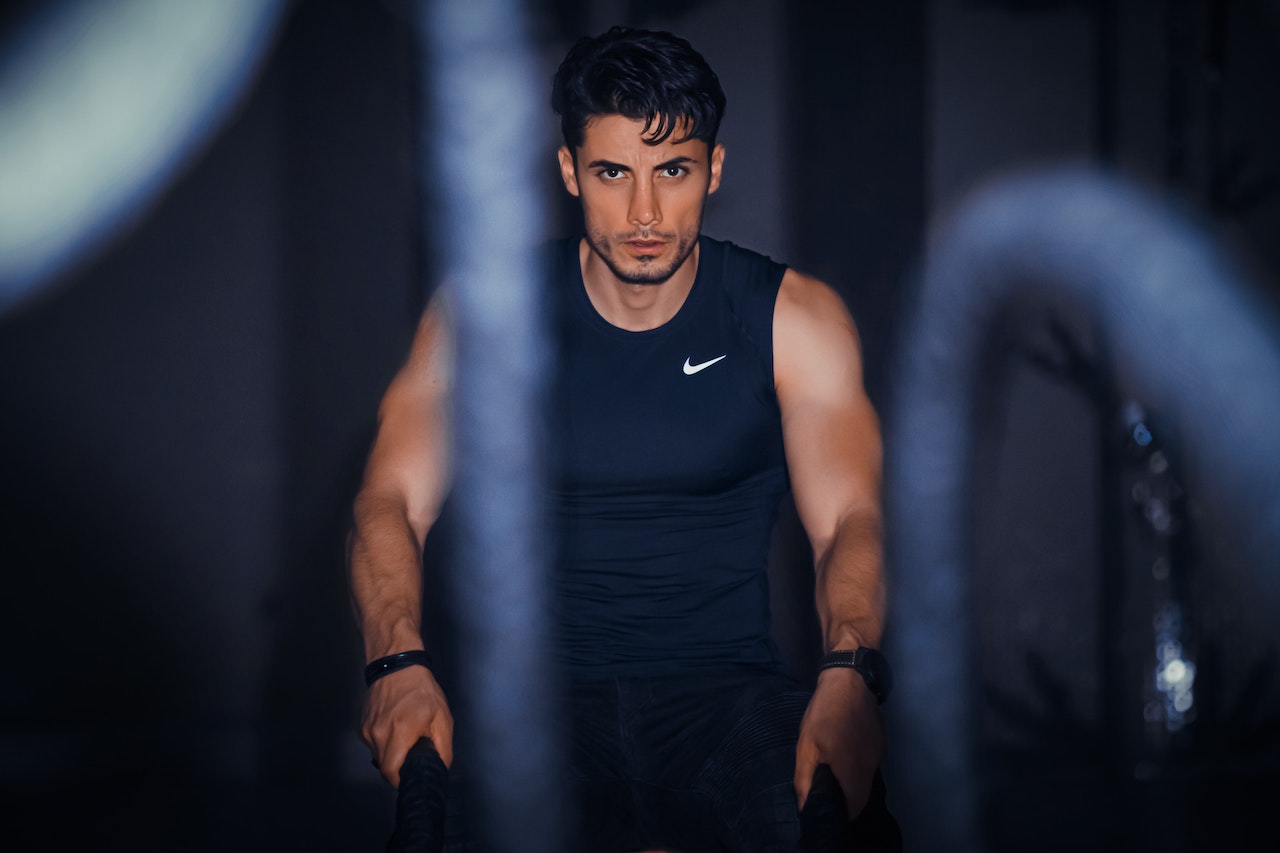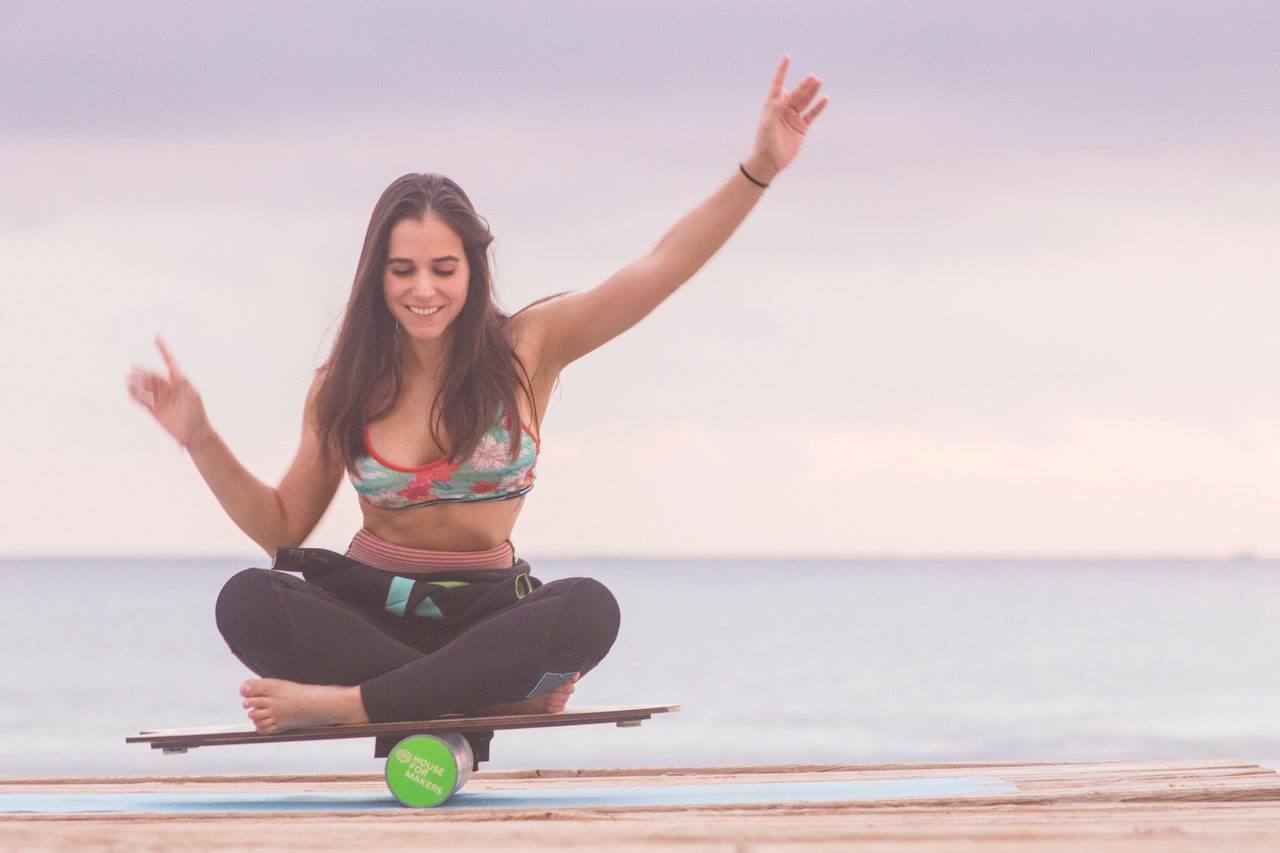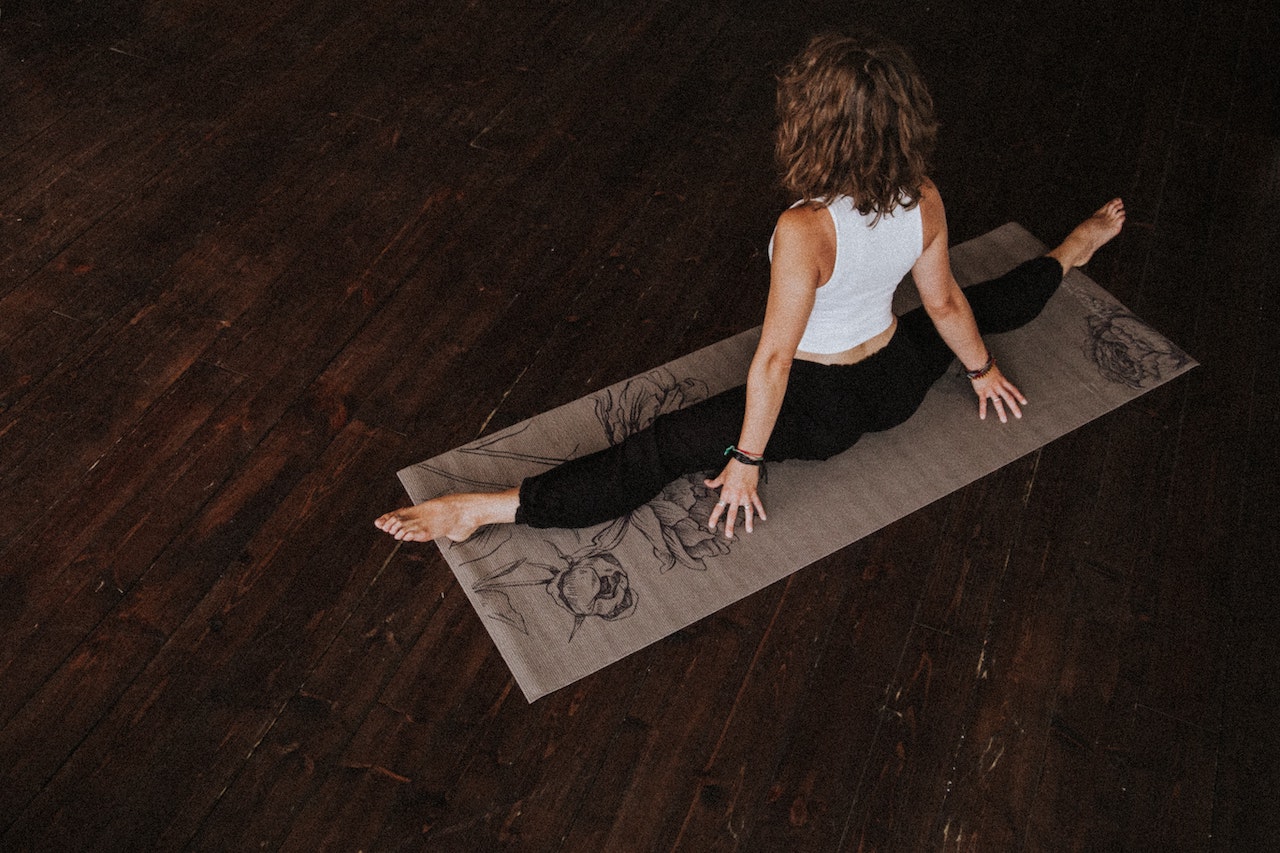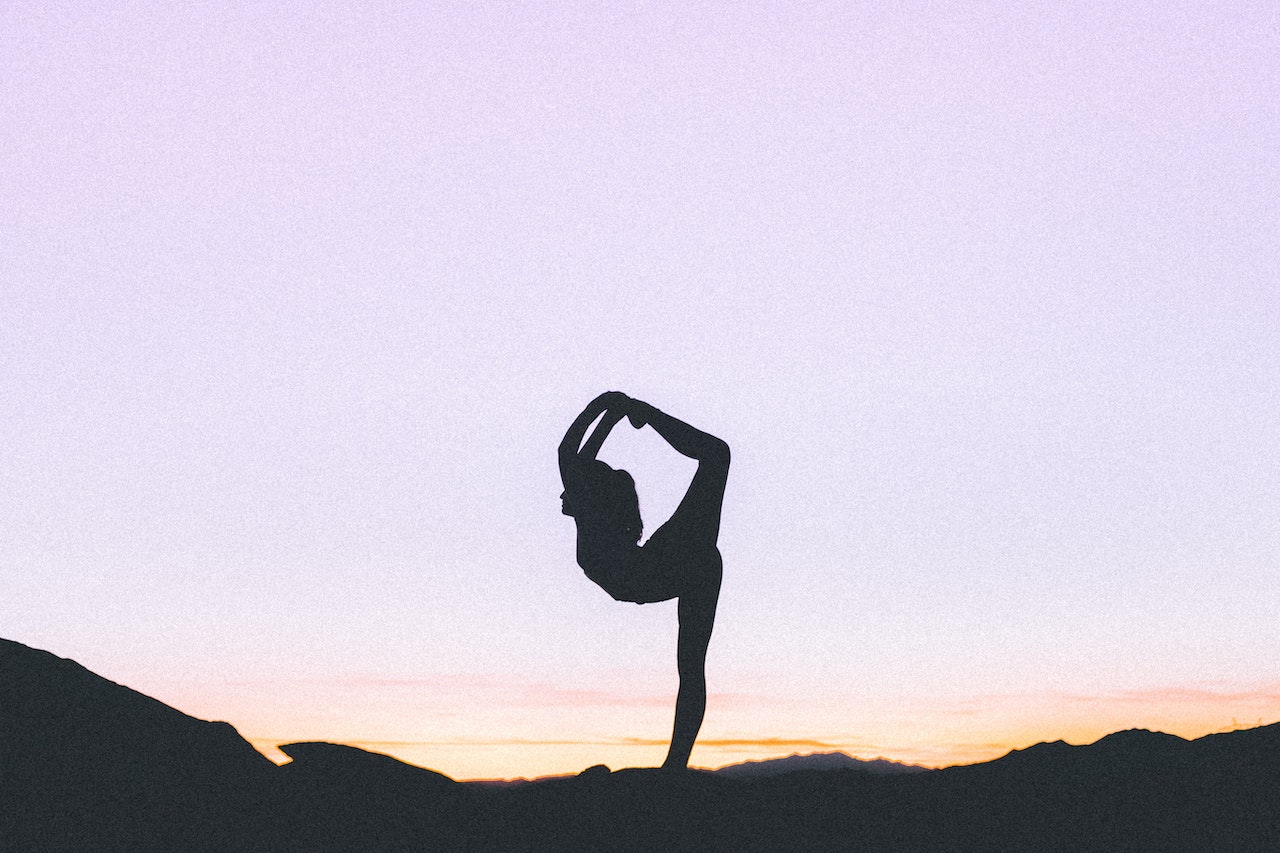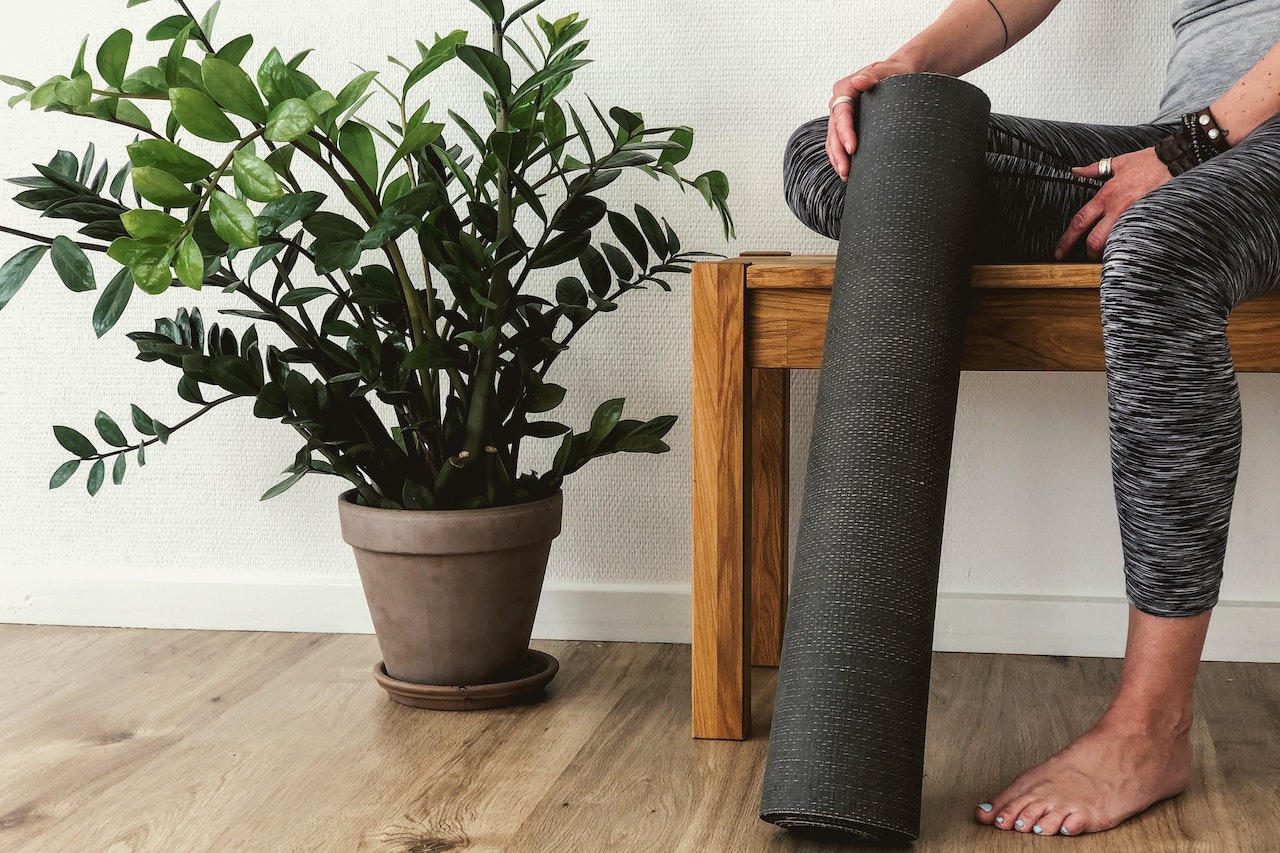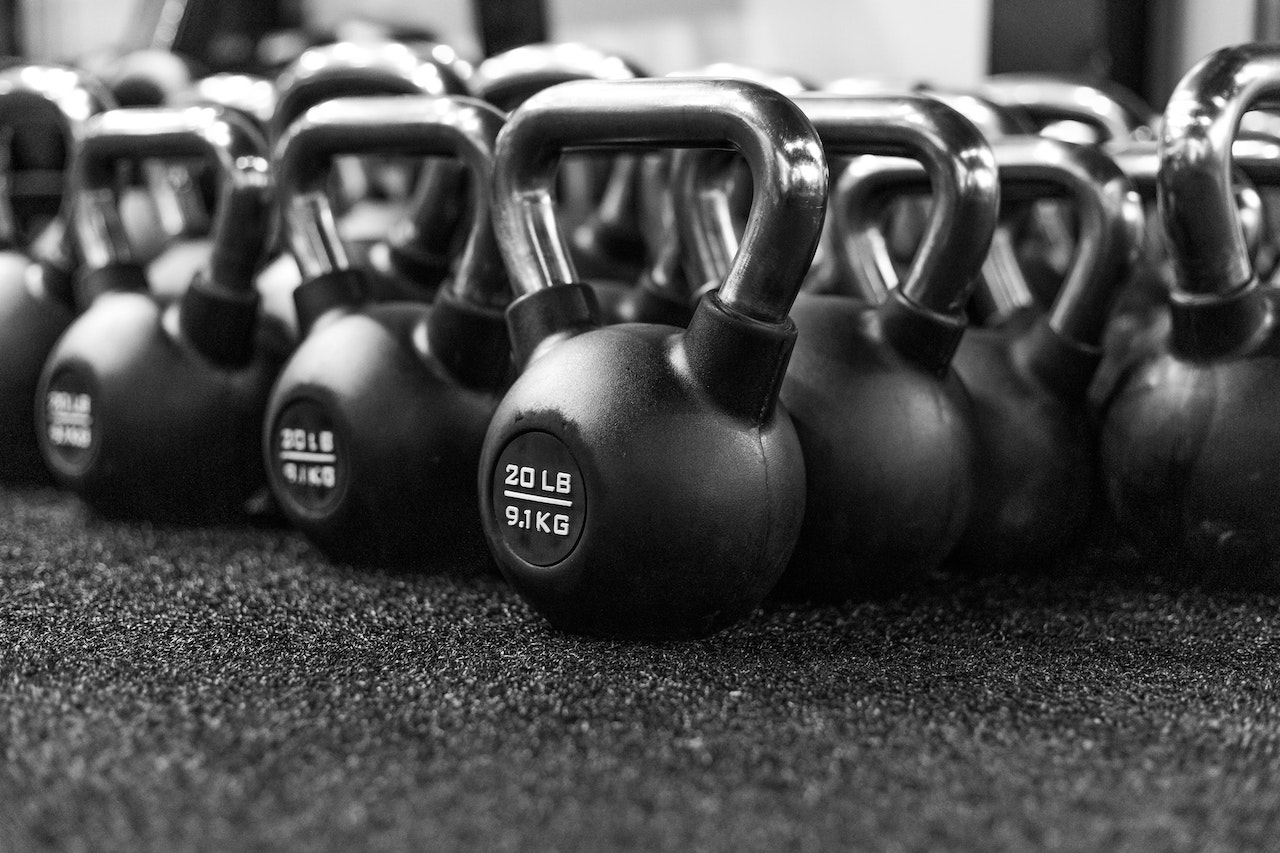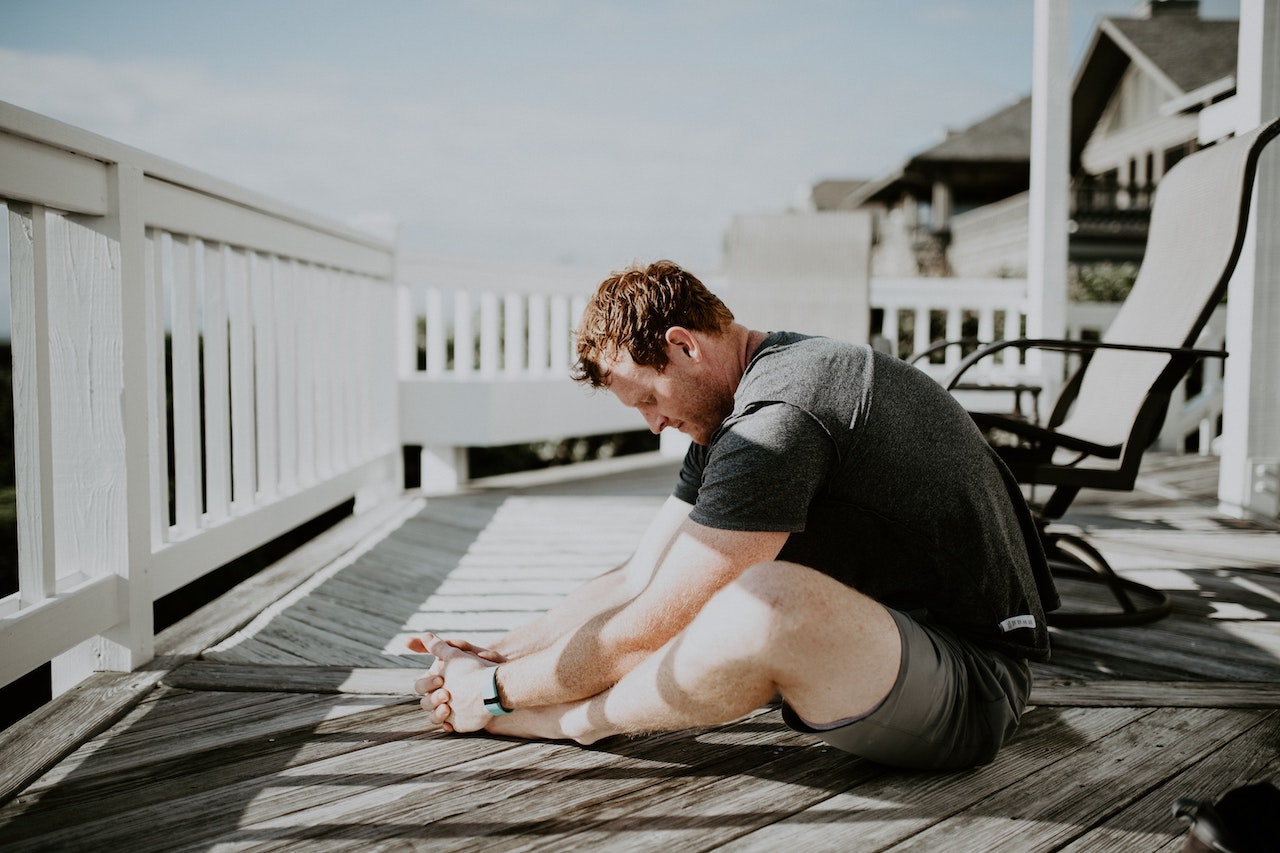there will always be people climbing weights in the gym, and no matter how strong you are, if you lift a light weight there will always be some talk about your lack of strength. Let's face it: If you want to get stronger on the big compound movements, then you don't just have to do those movements. If you want to increase your bench press weight, you need to do more than just bench presses, you need to do more than just other movements.
Remember that your strength depends on your weakest link. The bench press may stimulate your chest first, but the triceps also play a key role in the bench press. When it comes to the hard pull, the gluteus maximus is the part that helps you lock the barbell, while in the deep squat it is the quads that drive the movement rather than the hamstrings.
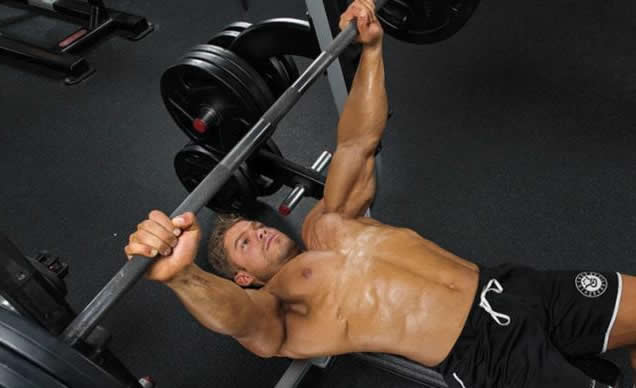
the point is that to improve all three lifts you can't just focus on doing these three movements, but start focusing on the other muscles that play a role in the lifts, i.e. Synergies are also essential to train for improvement. Here are the muscles i focus on that will help you lift more weight
shoulders: Stronger shoulders are more stable and will help you support the weight of the bench press and hard pull. But the shoulders also play a small role in increasing the weight of the bench press
triceps: The triceps are located at the back of the upper arm and help to lock the weight at the top of the bench press. The same is true of the overhead press, although it is not one of the three main lifts, the triceps still play a vital role for him.
Quadriceps: The quads extend the calves to the knee joint, which means they are the main driving force during the squat. Once you drop below parallel, they come into play, bringing you back up before the glutes and hips kick in.
Back: The back is made up of a small number of different muscles, but whenever it comes to the big three lifts they all work in concert to perform two main tasks.
1, providing the base for the bench press position and lifting more weight in the deep squat
2. To hold the spine in the proper position to prevent hunching during the hard pull.
The gluteus maximus and hips: Both work together to lock the weight in top position and in increasing the weight that drives the squat. The gluteus maximus is one of the largest muscles in your body and the hips are stabilisers that allow you to have better movement and therefore lower the hard pull and squat.
In today's article, the assistance movements you should use to help you get stronger in the big three lifts are outlined. These assistance movements have helped many people get rid of their training blocks.
1. Standing barbell overhead press
some may not believe it, but practised by every athlete who enjoys strength training, this movement is the secret weapon to improving the bench press. The key to a strong bench press is strong shoulders. Even though the shoulders are secondary muscles to the bench press, they play an important role in moving the barbell away from the chest. This is a common sticking point for the bench press.
A strict barbell overhead press will strengthen the upper back and shoulders. Shoulder stability will also be improved. Do overhead presses after bench press movements twice a week. Recommended 5 sets of 8-12 reps per set for fitness enthusiasts and 2-3 sets of 12-15 reps per set for fitness beginners.
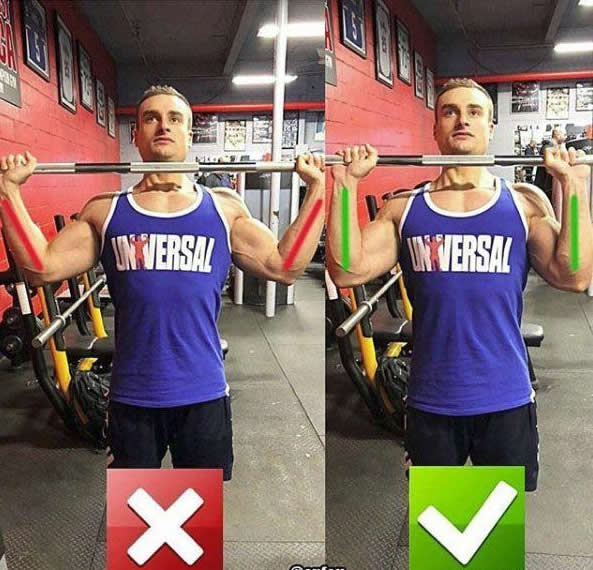
2、barbell rowing
this is the movement that fitness veterans prefer, but beginners do not like to practice, easy back pain. The barbell rowing has always been the ace move for upper back muscle building. As well as training the latissimus dorsi and middle back, performing the barbell exercise also helps to improve hard pulls. Focus on muscle contraction at the top of the movement. It is recommended that fitness enthusiasts keep the barbell row in the 5-10 rep range. It is important to keep the weight high for this movement, so do 3-5 sets as well.
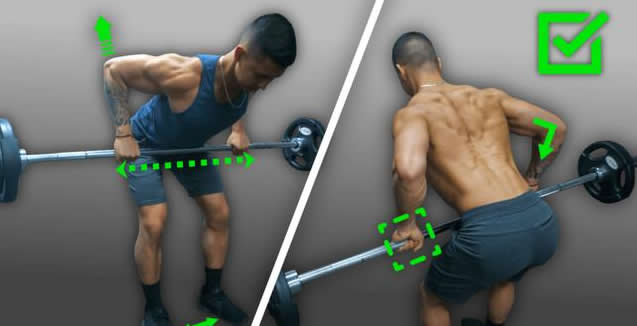
3. Barbell hip bridge
whether you are a fitness enthusiast or a beginner, you are no stranger to this movement. The barbell glute bridge is an excellent movement for improving the deep squat. The gluteus maximus and hamstrings are usually the weakest link in most people's deep squatting process. It is recommended not to overload this movement with too light a weight, and to overload it with a lot of weight while ensuring safety.
The only downside to this movement is that it can make the hips and legs very painful (after all, you are putting a large weight barbell on the hips). Note: Using a deep squat mat will help to reduce the pain.
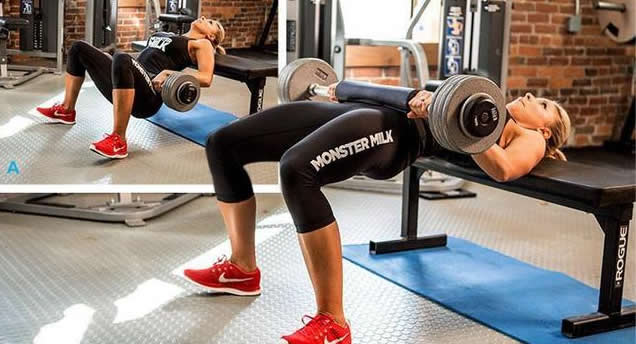
4. Narrow bench press
the bench press is the most familiar movement, but the narrow bench press is the main training movement for the triceps. Without it, your triceps training is incomplete. A strong bench press usually requires strong triceps too. However, i see too many people in the gym who can't bench press better because they can't lock out the movement. The narrow bench press helps shift the focus to the triceps.
It is recommended that the narrow bench press be done after the main push up movement. The hands should be positioned at shoulder width. When people hear about the narrow bench press, they do not hesitate to place their hands very close together. The closer the hands are, the more the wrists are involved. For the narrow bench press, the best results are obtained when the hands should be placed in shoulder position.
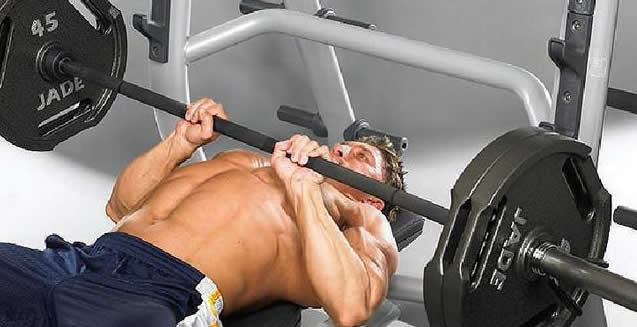
5. Dumbbell arrow squat
this movement can also be used as a warm-up aid. The arrow squat, especially when done with dumbbells, helps to stretch and strengthen the hips. The hips can be a weak link in lower body exercises such as deep squats or hard pulls. In addition to strengthening the hips, the dumbbell arrow squat also helps to improve grip strength for hard pulls.
The previous article also wrote that unilateral leg work has improved the core muscles, so with the dumbbell arrow squat you will engage the core muscles and therefore you will also build overall core strength, the dumbbell arrow squat can be a great strength builder and slowly you will find that the movement works really well.

6. Neck front squat
if your deep squat performance hasn't been improving and you want to break through the bottleneck as soon as possible and make gains in your squats, there's no other! Similar to the back of the neck squat, the front of the neck squat works the legs as much as any other apparatus.
The front neck squat puts more emphasis on the quadriceps and core muscles. Whereas the back squat works the hamstrings, lower back and quadriceps. The front squat stimulates the quadriceps and core muscles. When you front squat, your body will be more upright and more of your core will be worked.
This makes the front squat movement very effective. It is recommended that you use the front neck squat as your main movement in your second leg workout of the week. The first workout should focus on the back of the neck squat, while the second should concentrate on the front squat. Doing so will help to improve the overall strength of the deep squat.
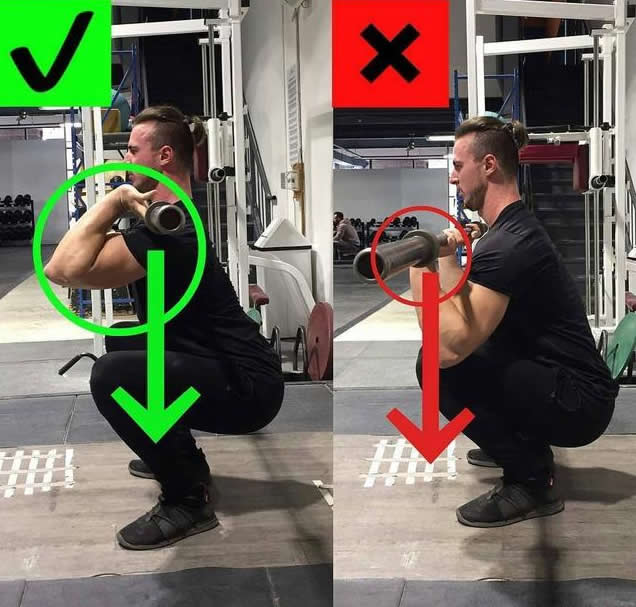
the above examples of a few effective movements are all helpful to the overall triple deadlift performance. Don't just go for the triple deadlift, sometimes stop and practice these movements more, you will find that the weight lifted goes up and the probability of injury is lower, hurry up and use them!

